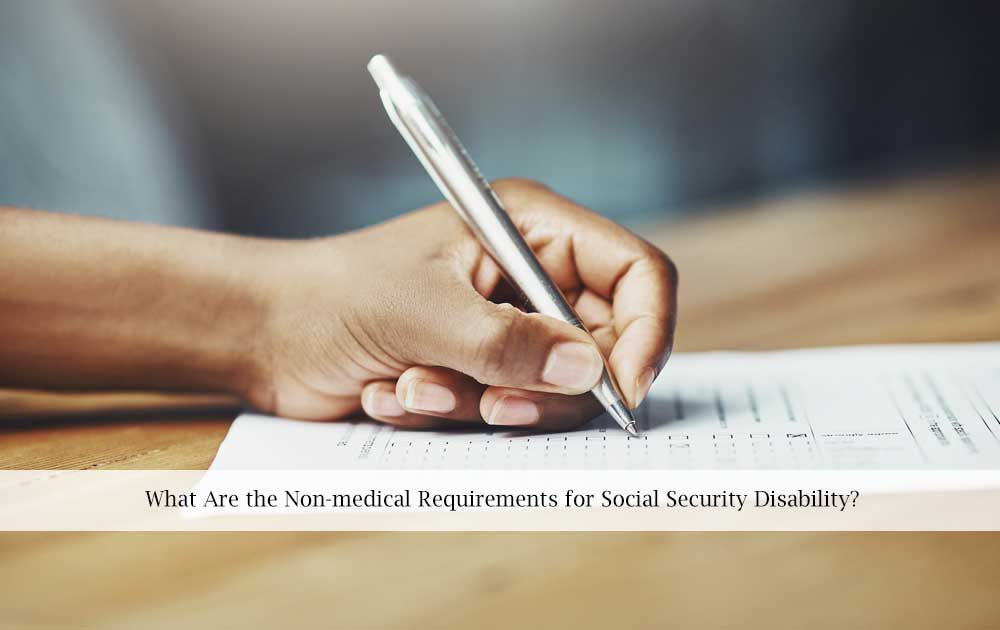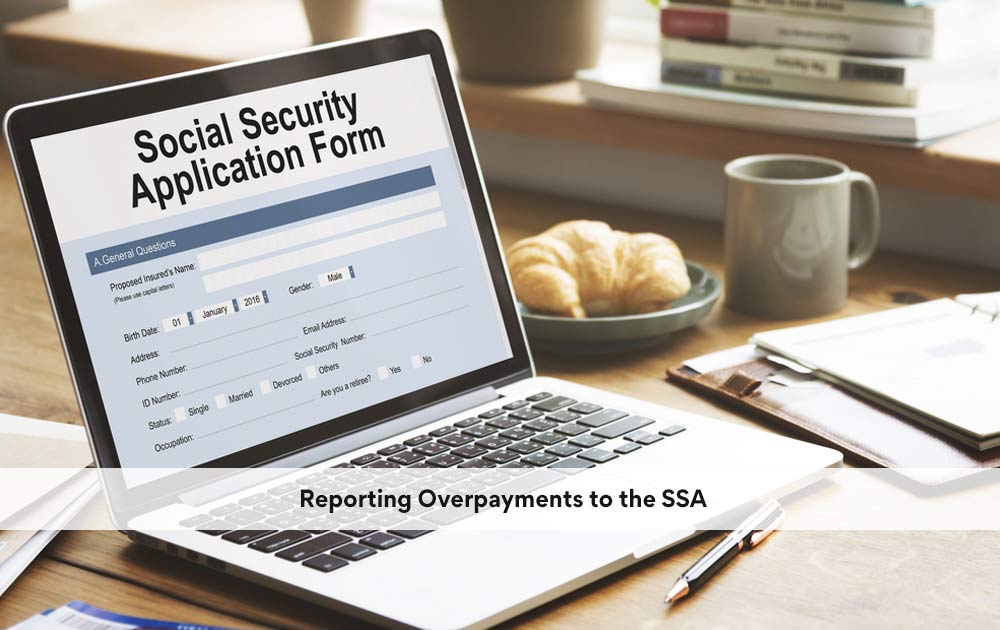If you are disabled, Social Security disability benefits relieve financial pressures caused by being unable to work and earn an income. Benefits payable through the Social Security Disability Insurance program are determined using a formula that relies on your lifetime earnings to calculate the amount of the monthly SSDI payment. The Supplemental Security Income program, which does have a work-history requirement to qualify for benefits, offers the same monthly payment unless you have other income that reduces it.
Although the methods used to compute benefits through SSDI and SSI appear to limit your ability to increase how much money you receive each month, a review of your claim by an SSD lawyer at the Clauson Law Firm may offer options. You may have options available to increase SSD payments, so here are a few of them that you should discuss with your lawyer during a free consultation.
Taking a look at SSD payments?
The amount of the benefits you receive through the SSDI program depends on the money you earned from working or through self-employment throughout your lifetime. The calculation begins with covered earnings. These are the earnings on which you paid Social Security or FICA taxes. This is an important point because earnings at jobs where you did not pay into the Social Security system do not count toward determining your SSDI benefits.
The formula used to calculate your SSDI uses Average Covered Earnings, which are your best earnings years before the onset of disability. There is, however, an annual earnings maximum, which is $147,000 in 2022. A simpler way to determine what your benefits should be is by using one of the benefits calculators provided by the Social Security Administration, or you may ask our SSDI lawyer to calculate the benefit payment using information about your earnings record.
The maximum monthly federal benefit amount for beneficiaries of SSI is $841 for an eligible individual and $1,261 for married couples where both spouses are eligible for benefits. What you actually receive through SSI may be less because Social Security deducts countable earned and unearned income from the monthly benefit.
For example, if you qualify for SSI benefits and have a part-time job, your earnings from work reduce the SSI payment. However, you do not count all of the income earned at work. Social Security allows you to exclude the first $65 and one-half of the balance of monthly earnings to arrive at the amount that it deducts from the $841 federal benefit.
Increasing monthly benefits through cost-of-living adjustments
Benefits payable through the SSI and SSDI programs are subject to annual increases based on the rate of inflation. Annual cost-of-living adjustments may increase what you receive each month from SSD.
All federal benefit programs, including SSDI and SSI, experienced benefit increases in 2022 equal to 5.9%. To see how the increase affected the federal benefit rate for SSI beneficiaries, consider that the monthly federal benefit was $783 in 2021 and went up to $$841 as of January 2022. Eligible couple payments increased from $1,191 in 2021 to $1,261 in 2022.
Check your benefits letter to verify accuracy
When your application for SSD benefits is approved, check the approval notice to make certain that it is accurate. If you qualify through SSDI, your SSDI lawyer will check to make certain that it gives you credit for all covered earnings. If you had covered earnings that were not reflected on your earnings statement used by Social Security to calculate monthly payments, your lawyer can address it with the Social Security Administration to have your benefits increased.
Checking for errors in the approval notification is also important for SSI beneficiaries to ensure that you receive the monthly payment that you are entitled to receive. An SSI lawyer can review the approval and verify the accuracy of the payments.
State payments for SSI applicants
Many states supplement the federal benefit that you receive through SSI. In fact, only the following states do not offer a supplemental monthly benefit to their residents who qualify for SSI:
- Arizona
- Mississippi
- North Dakota
- West Virginia
Of the states that supplement your monthly federal benefit, 12 of them are administered by the Social Security Administration, so an application for SSI also serves as an application for supplemental benefits through the state. The remainder of the states administer their own programs, so you must submit a separate application with the appropriate state agency.
Increase monthly SSD benefits by working
It may not increase your monthly payment from SSD, but income earned by working while receiving Social Security disability benefits may give you more total income. One of the work incentives available through the Social Security Administration for people receiving SSDI payments is the trial work period.
A trial work period is nine months, but the months do not have to be consecutive. The months of the trial work period must be used within 60 months. A month of work or self-employment counts as part of a trial work period when your monthly earnings are more than $970 or you work over 80 hours operating your own business.
The advantage of the trial work period is that you may earn as much money as you desire without worrying about it affecting your SSDI eligibility. If you were not in a trial period, earning more than $1,350 during a month demonstrates an ability to engage in substantial gainful activity, which means that you no longer meet the definition of disabled for purposes of SSDI. The SGA limit is $2,260 if you receive benefits because you are blind rather than having a non-blind disability.
After a trial work period, you have another 36 months during an extended period of eligibility to work as long as you do not exceed the SGA amounts. Something to keep in mind about working during an extended period of eligibility is that some of your work expenses may reduce the amount of income you earn. For example, if you require counseling services or specialized equipment, such as a wheelchair, to allow you to work, the cost reduces the income that counts toward determining if you are engaged in SGA.
The advantage of an extended period of eligibility is that if you exceed SGA limits and your benefits are discontinued, you may request reinstatement without filing a new application or waiting for a disability decision as occurs with initial applications.
A request for expedited reinstatement may be made within five years from when the SSDI benefits stopped. You may remain eligible for Medicare even though your monthly benefits stopped. One of our SSDI lawyers can answer any questions that you have about working while collecting benefits.
If you work while receiving SSI, you may do so as long as your earnings and other income that you receive exceeds SSI income limits for your state. Each state sets its income limits. The same expedited reinstatement rule applies to SSI as it does to SSDI.
Increasing household income with family benefits under SSD
Once your SSDI benefits start, the following members of your family may also qualify for benefits based on your work record:
- Spouse
- Children
- Divorced spouse
- Adult child disabled before reaching 22 years of age
An eligible member of your family is entitled to receive up to 50 percent of your SSDI benefit. There is, however, a limit to the total amount payable to your family. The amount of benefits payable to you and members of your family cannot exceed 150 to 180% of your SSDI benefit.
A spouse taking the family benefit at 62 years of age will not receive an increase in benefits upon reaching the age of full retirement. No reduction applies if your spouse is caring for a child who is younger than 16 years old or was disabled before reaching 22 years of age and is entitled to benefits.
What effect do VA benefits have on SSDI and SSI?
If you qualify for disability benefits through the U.S. Department of Veterans Affairs, how it affects your SSD depends on whether the payments come through SSI or SSDI. VA disability benefits count as income and reduce the benefit you are eligible to receive from SSI, which is a need-based program. VA benefits will either reduce the payment you receive each month from SSI or make you ineligible for payments based on SSI income limits.
As a general rule, you may receive VA disability payments without them affecting your eligibility for SSDI. Just remember that the VA and Social Security use different standards to evaluate a disability, so qualifying for VA benefits does not necessarily mean that you will qualify as disabled for SSDI.
Arrange for a consultation with an SSDI and SSI lawyer
Instead of trying to learn the complicated laws and regulations governing Social Security disability, engaging the services of an experienced SSD lawyer from the Clauson Law Firm gives you a Social Security disability professional who knows the laws and has experience getting SSI and SSDI benefits for people in positions similar to your own. Get sound legal advice by scheduling a free consultation and claim review by contacting us today.


